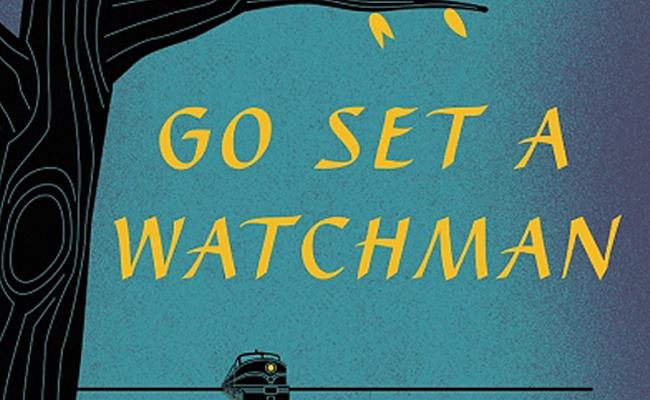Readers respond to surprising elements of Lee’s ‘Go Set a Watchman’
October 1, 2015
Harper Lee’s To Kill a Mockingbird is a novel integral to the fabric of American Literature and is remembered fondly by most everybody who has read it. With unforgettable characters such as Scout, Atticus and Boo Radley, To Kill a Mockingbird is a classic book that explores timeless themes.
The book’s author, Harper Lee, much to the elation of her fans, came out this year with Go Set a Watchman, the first book Lee has published since To Kill a Mockingbird in 1960. Go Set a Watchman is a story driven by the same characters as first seen in To Kill a Mockingbird, but the similarities between the two books seem to end there. How do the messages and characters of such a beloved novel change in Go Set a Watchman? Is this book even worth reading at all?
Ms. Paliatka, English teacher at Nazareth Academy High School and self proclaimed lover of To Kill a Mockingbird weighs in on the subject.
When asked about any pre-conceived expectations that she might have had prior to even reading Go Set a Watchman, Ms. Paliatka explained that she approached the book with an open mind. Armed only with the slight bias of To Kill a Mockingbird being one of her “all time favorite” books, Ms. Paliatka read Go Set a Watchman this past summer. Because Go Set a Watchman involves many of the same characters found in To Kill a Mockingbird, readers should be prepared to see changes in the ways that they are portrayed in Go Set a Watchman. Ms. Paliatka’s favorite characters (it was “a tie between Atticus and Scout”) in particular, experience an interesting metamorphosis.
In Go Set a Watchman, Ms. Paliatka recognizes Scout as “much older…trying to negotiate this very male dominated world that she lives in.” Scout returns home to Maycomb County, she is attempting to come into her own as a grown woman and also reconcile her past experiences with the very different present that she is living in. After seeing the courageous little girl that Scout was in To Kill a Mockingbird, Ms. Paliatka found herself “wanting Scout to be a stronger woman too. I wanted her to not give into the male dominated society she was living in.”
Atticus has especially changed, in a drastically different and slightly disturbing direction that veers away from his heroic depiction in To Kill a Mockingbird. In Ms. Paliatka’s opinion, “Atticus changed dramatically. There are revelations that he was a former Klu Klux Klan’s member. Which was, for me, the most shocking part of the book.” With all the new information about characters we thought we knew so well, Go Set a Watchman might allow readers to discover characters on a deeper level. As a consequence of the changes in the main characters of To Kill a Mockingbird, the themes of Go Set a Watchman allow readers to contemplate issues such as sexism and racism.
Even with all the changes from To Kill a Mockingbird, there are still reasons to give Go Set a Watchman a try. One reason being the talent and skill with which it was written. Ms. Paliatka says, “One of the things that I was struck by, was how beautifully it was written. I felt like that was something new, even if I didn’t love the direction that some of the characters went in.”
Go Set a Watchman may contain revelations that challenge the preconceived opinions of readers, but isn’t that what a good writer is called to do? Harper Lee, as an immensely talented author, has written a book that calls readers to never accept complacency in literature. Because To Kill a Mockingbird is a classic American novel, society tends to put it and its characters on a pedestal. We are tempted to acknowledge Atticus and Scout only as two dimensional stereotypes: Atticus the Hero and Scout the Innocent. Go Set a Watchman forces the reader to acknowledge the full depth and development of characters that cannot remain static forever in the world of To Kill a Mockingbird.
Scout and Atticus, although not the same as they were in To Kill a Mockingbird, still offer the reader valuable lessons and knowledge through Go Set a Watchman.

